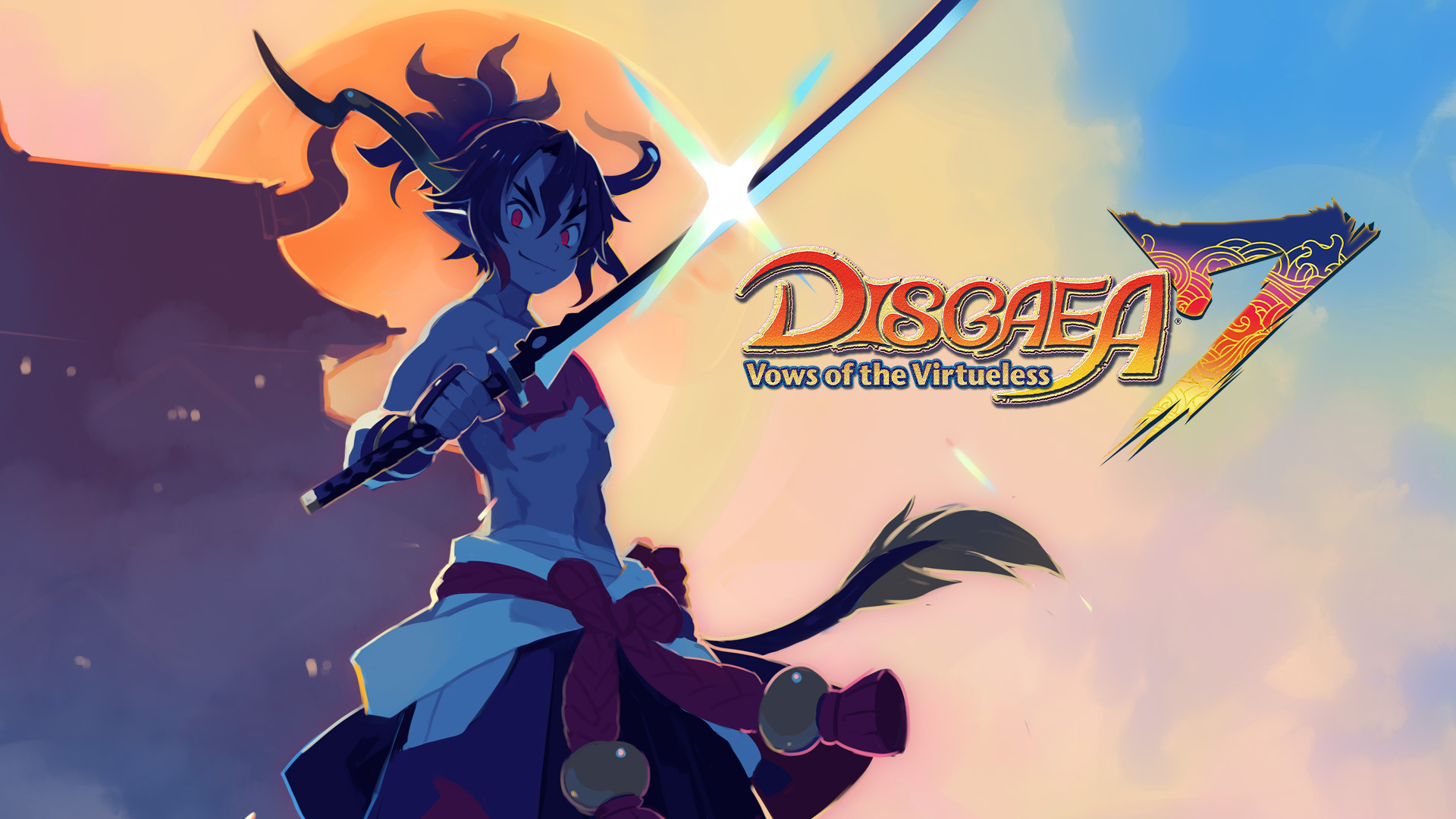
Disgaea 7: Vows of the Virtueless is the latest from the infamously grindy Disgaea franchise. The formula for Disgaea games has barely changed over the past 20 years (can you believe it’s been that long?) and the seventh installment continues that tradition.
Traditionally, games in the franchise have had more gothic and horror aesthetics. Vampires, pretty boy demons, pig demons, angels. However the whole time there have been hints of Japanese flavor like the Samurai and Ninja characters. Now we’re headed to a Netherworld that’s basically not-Japan, complete with parody names of historical figures. With a slight shift in theme, is it still the same Disgaea that fans know and love?
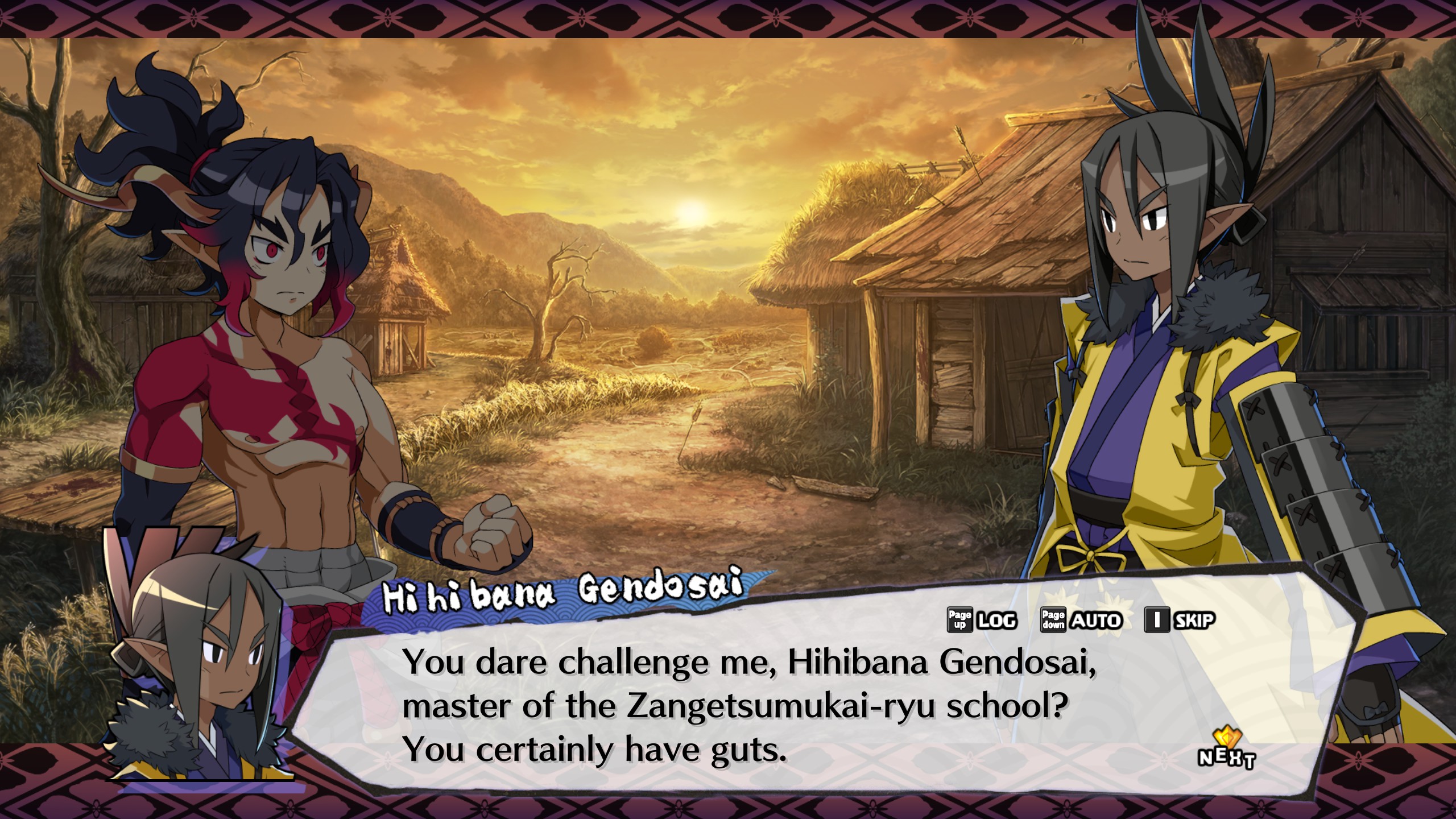
Disgaea 7: Vows of the Virtueless
Developer: Nippon Ichi Software
Publisher: NIS America
Platforms: Windows PC (Reviewed), Nintendo Switch, PlayStation 4, PlayStation 5
Release Date: October 3rd, 2023
Price: $59.99 USD
Disgaea 7: Vows of the Virtueless feels like it does more to acclimate casual players to the grind; and by acclimate I mean create a sheer cliff of difficulty in the form of the end of Chapter 2. I’m cruising through stages and suddenly I’m introduced to “Jumbification” in the form of a giant playboy slamming his fist on my entire party for 300+ damage.
Following this sound defeat, I went back, unlocked the “cheat shop” and raised the difficulty so I can grind. I inevitably found myself fighting level 20 enemies on the tutorial stage just so I had a fighting chance of defeating level 10s in a later mission. You might be surprised to learn that in Disgaea, this is probably intentional game design.
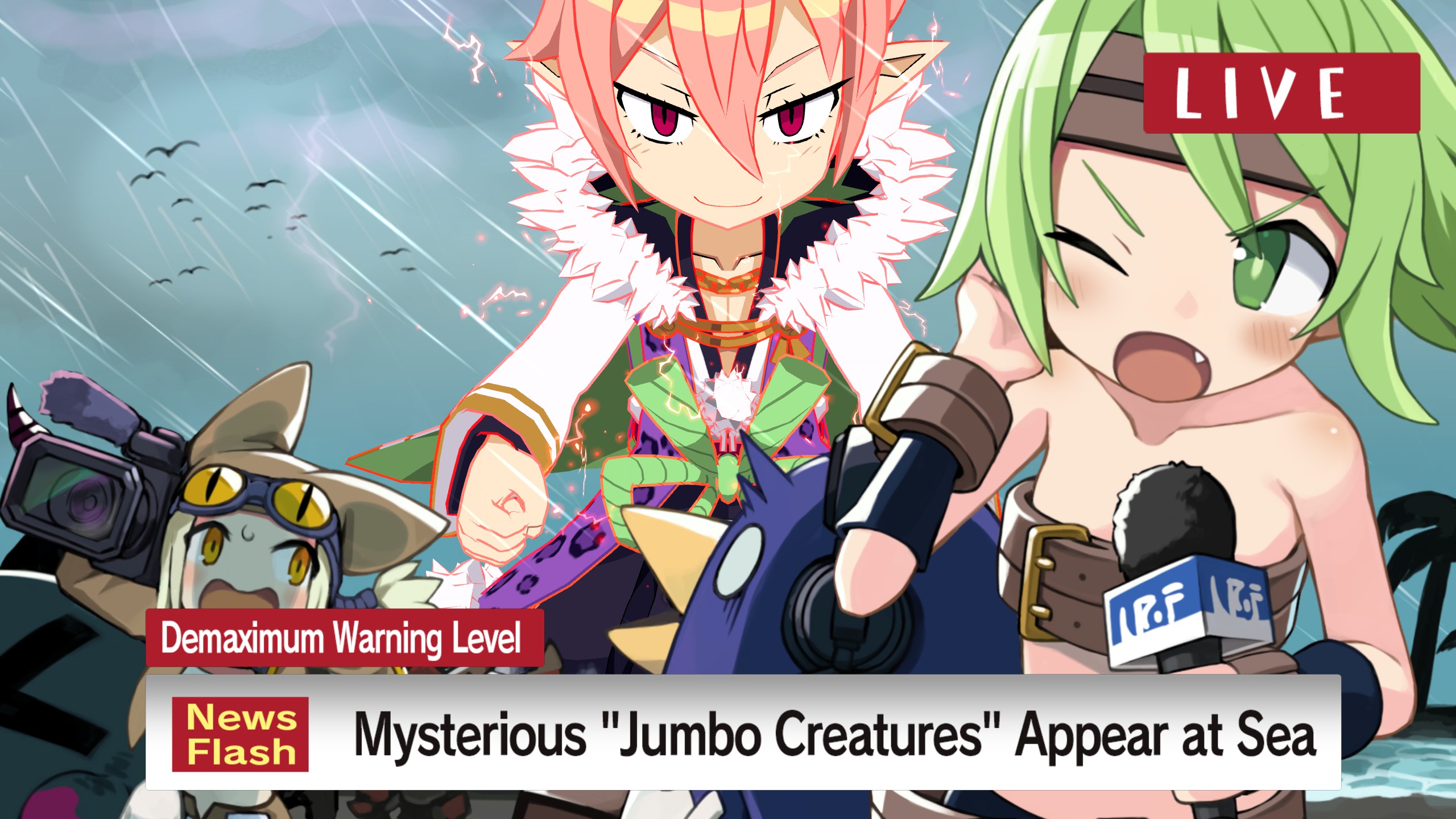
In a sense, the main story of Disgaea 7 is both the actual game, and also a glorified tutorial. You’re still unlocking new features through Chapter 5. You’re slowly drip-fed new mechanics, Cheat Shop, Item World, Dark Assembly, Squadrons, Skill Shop, Juice Bar because if you were given them all at once new players would be overwhelmed. Heck, even for someone who’s been playing since the first game it’s still overwhelming and complicated.
The franchise treads a fine line between typical SRPG and something more akin to a spreadsheet simulator. Casual players can grind a bit and clear the main story, meanwhile anyone looking for something deeper will quickly find layers upon layers of mechanics to interact with to chase that high level.

Our main characters are Fuji, a warrior from the Hinomoto Netherworld and mercenary samurai. Fuji joins up with Pirilika, a wealthy pancake heiress and professional weeaboo. To reclaim the Hinomoto Pirilika fell in love with through movies and anime, she hires Fuji to help her reclaim the 7 Infernal Treasures and bring “Bushido” back to Hinomoto.
The story is a parody of the opening of Japan, lampooning names like Commodore Perry (Demmodore Opener) as greedy demons stepping on the cultural traditions of Hinomoto. Pirilika acts as a contrast to the Commodore while at the same time representing a foreign fetishization of Hinomoto’s past. I’m sure someone is going to write some bigheaded think-piece about the message the game is trying to send, but that would be a completely different article.
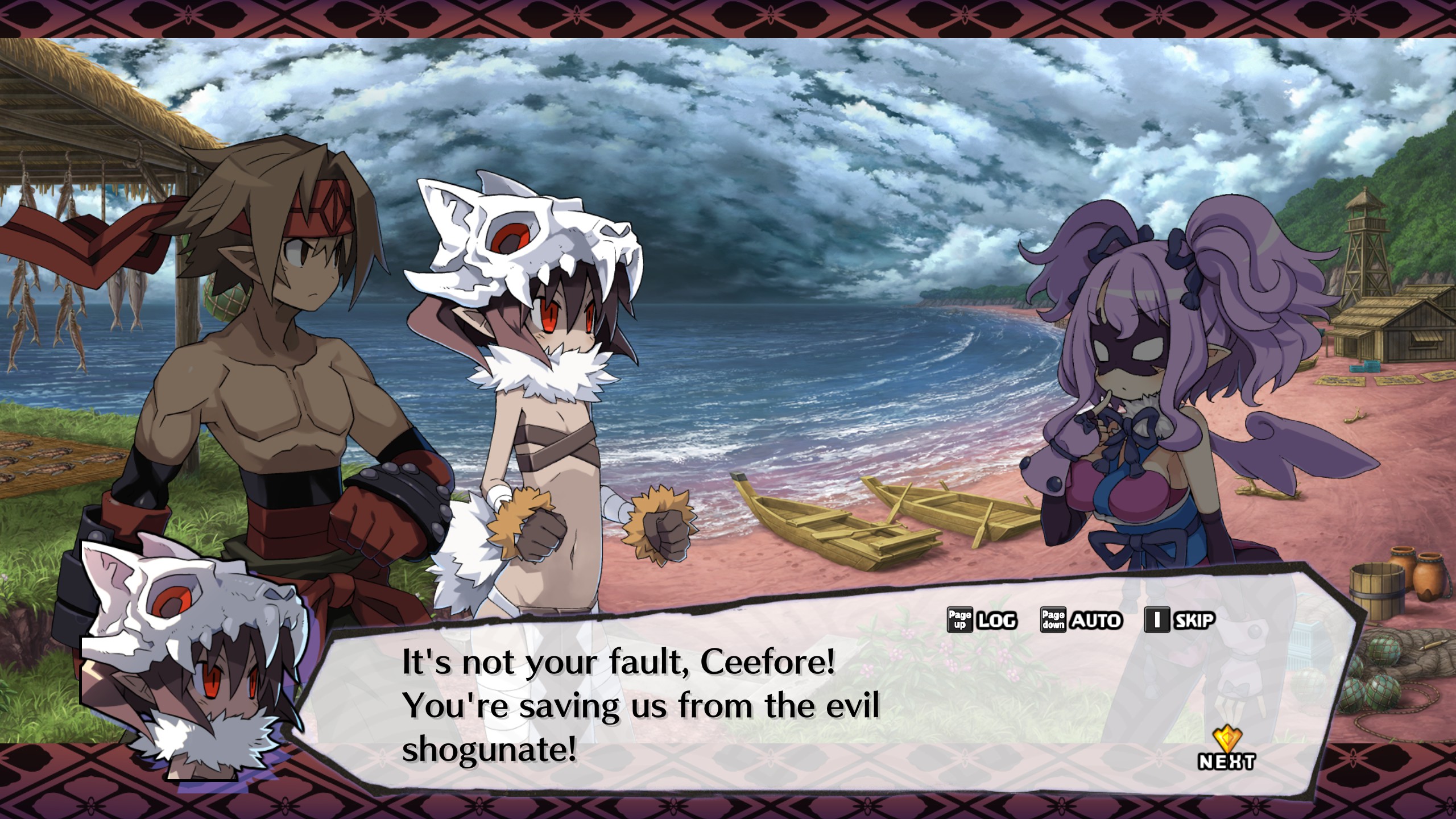
The actual gameplay and strategy of the game is there if you choose to take fair fights; but you’re playing as demons, fair is a four letter word. Most of the fun in Disgaea comes from using all of these systems available to scale exponentially, the satisfying little chime whenever you level up is meant to elicit a Pavlovian response in players after just a few hours of gameplay.
The real strategy takes place in the hub area where you plan your next move. Are you reincarnating for better growth ratios? Are you going to level up an item so you can steal all of the Specialists/Innocents to buff up your strongest sword? The grind never ends in Disgaea 7, not many single-player games offer dozens (if not hundreds) of hours of gameplay anymore but Disgaea never disappoints on this matter.
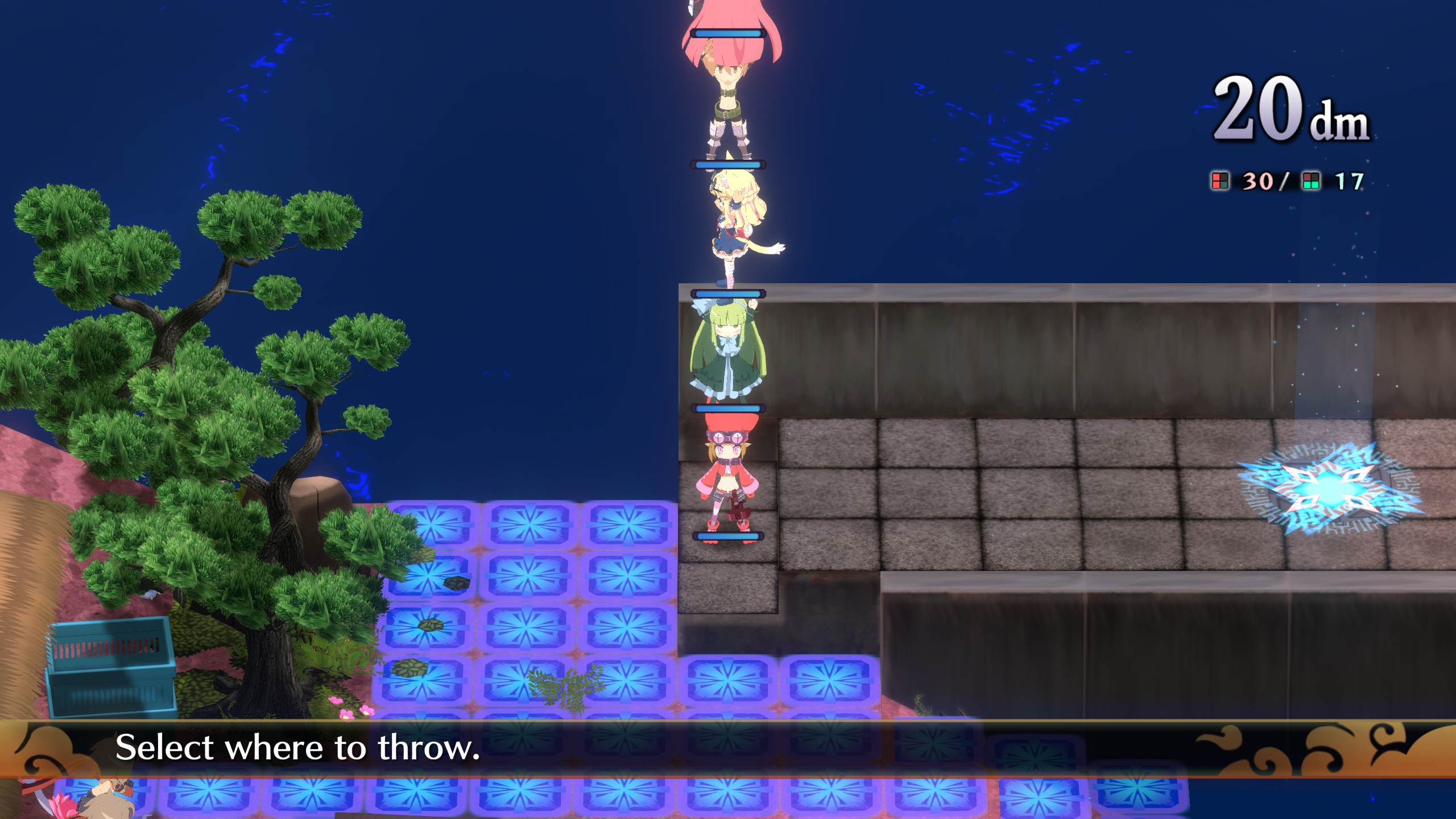
Artwork hasn’t changed much for a few games, each ability has a neat little cinematic and some of them are fun to watch. Thankfully the game offers a setting to turn animations off and on at your leisure. The artstyle remains as cute as ever and while I prefer the old sprites to the new cel-shaded 3D models, they haven’t compromised the overall aesthetic of the game.
The sex appeal remains intact also, despite the current trends in localization. The succubi are still bouncy, the nekomata are still exhibitionists, and even some of the splash art offers a lot of fanservice. Similarly, Disgaea relies heavily on puns and silliness and while I’m certain the localization isn’t a true 1:1 translation, I’m going to give NIS America the benefit of the doubt that it was done in good faith.
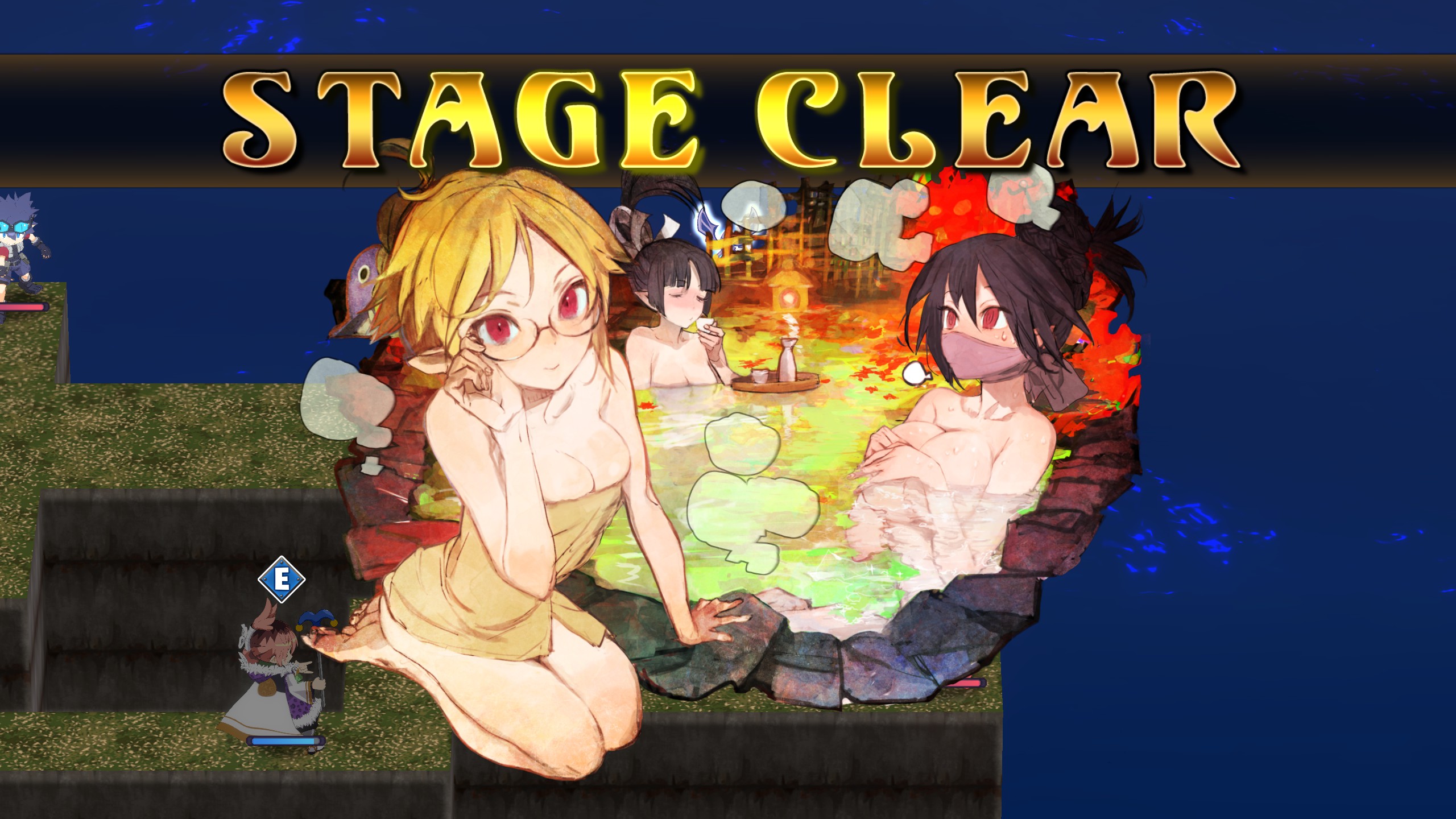
There are two types of Disgaea players and both of them are equally valid. There’s normal SRPG players who will play the main story, go back and grind some old missions to level up, and maybe dip their toes into Item World and other side mechanics. Then there’s Disgaea players, people familiar with earlier entries in the franchise and are well aware that success is a matter of knowing every different way to scale up your stats because the real game is after the main story.
Ultimately, Disgaea 7: Vows of the Virtueless is a game made for… well it’s made for Disgaea players. There’s nothing quite like this franchise and over time Nippon Ichi has refined what it does well, and focused on what the fanbase loves.
Also NIS America, if you’re reading this. I am once again asking for Disgaea 3 on PC.
Disgaea 7: Vows of the Virtueless was reviewed on Windows PC using a review code provided by Nippon Ichi Software. You can find additional information about Niche Gamer’s review/ethics policy here.